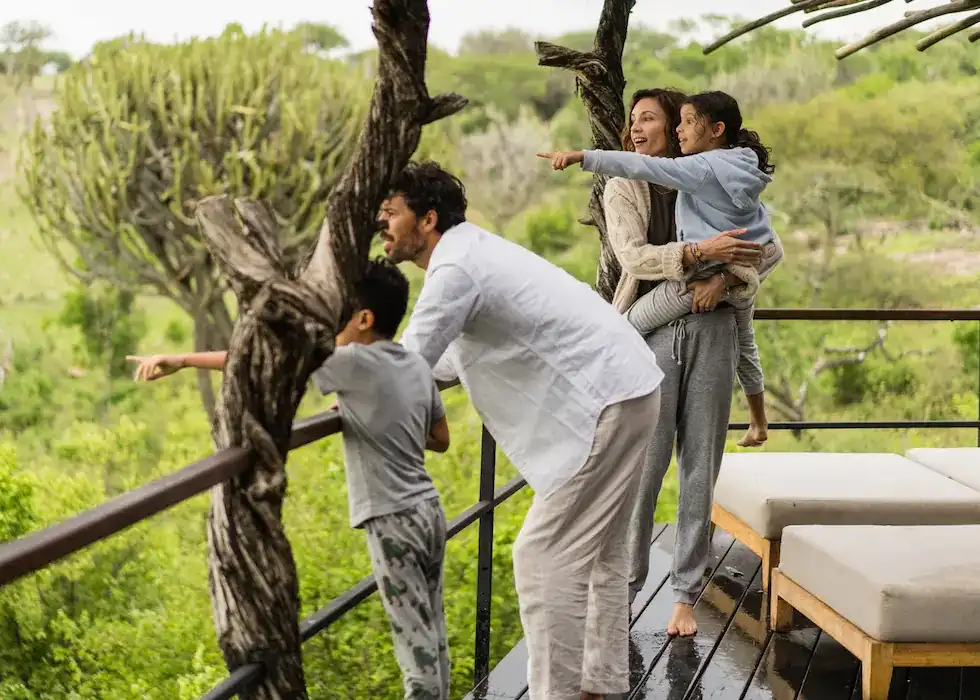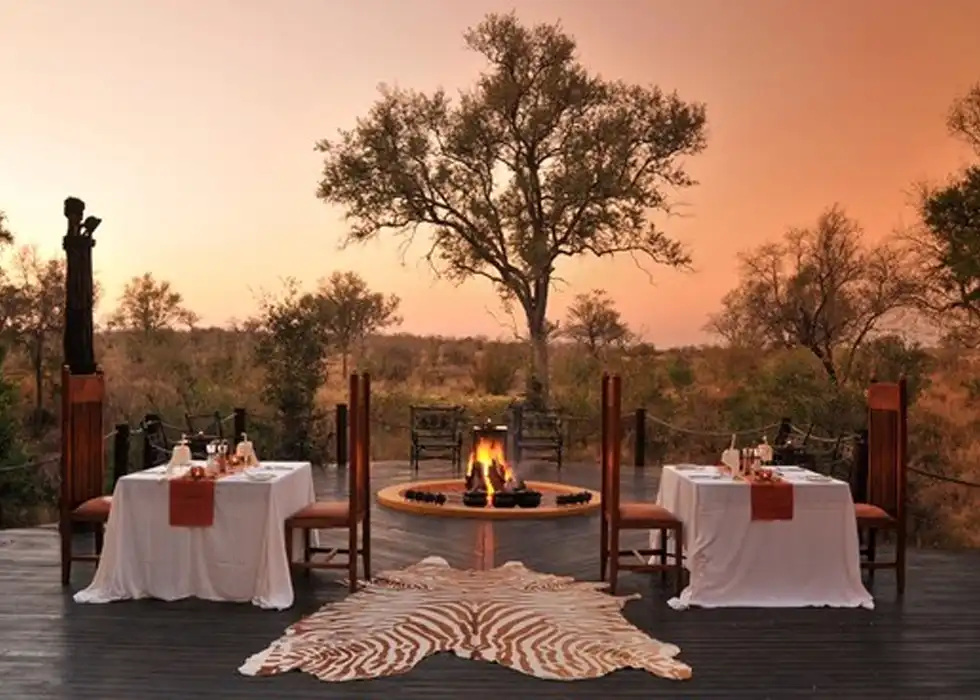Essential Electronic Gear for Kilimanjaro
Essential Electronics Gear for Kilimanjaro Climb: Optimizing Your Day Pack
As you make your way to Kilimanjaro’s summit, every ounce in your pack matters. While porters handle the bulk of your gear, your day pack becomes your lifeline. So, what electronics are truly essential for your ascent?
Drawing from our extensive mountain experience, we’ve identified the must-have gadgets that can elevate your climb. From navigation aids to communication devices, these modern electronics can make a significant positive impact on your Kilimanjaro journey.
Essential Electronic Gear for Kilimanjaro Climbing
When embarking on your journey to conquer Mount Kilimanjaro, it’s crucial to bring along the necessary electronic gadgets to enhance your experience and ensure your safety.
1. Mobile / Smart Phone:
- Keep in touch with loved ones and document your progress with a mobile phone equipped with extra memory cards. Update your social media with breathtaking photos and share your journey with the world.
2. Camera:
- Capture the stunning landscapes and unforgettable moments with a high-resolution digital camera. Ensure you have all the necessary accessories to safeguard your camera from dust and water damage.
3. Powerbank / Solar Power Bank:
- With limited charging facilities on Kilimanjaro, a reliable power bank is essential to keep your devices charged throughout the climb. Consider a solar power bank for uninterrupted charging even in remote locations.
Top 10 Gadgets You Need for Climbing Kilimanjaro
In addition to the essentials, here are ten more gadgets to consider adding to your backpack:
- Headlamp: Essential for navigating in the dark during early morning summit attempts.
- Comfortable Sport Headphones: Enjoy music during long treks with comfortable and durable headphones.
- iPad/Tablet: Relax during downtime with entertainment options like movies or games.
- Tough Phone Case: Protect your phone from rugged terrain with a strong and durable case.
- Outdoor Video Camera: Capture breathtaking moments and record your high-altitude adventures.
- Finger Pulse Oximeter: Monitor your blood oxygen levels and assess the risk of altitude sickness.
- Portable Rucksack Hydration: Stay hydrated throughout your climb with a portable hydration system.
- GPS Device: Ensure you stay on track and navigate accurately during your trek.
- Emergency Beacon: Be prepared for emergencies with an emergency beacon for distress signals.
- Portable Solar Charger: Additional solar chargers can provide backup power for extended climbs.
Kilimanjaro Climbing FAQ’s
Certainly! Here are some frequently asked questions (FAQs) about Kilimanjaro Climb:
How high is Mount Kilimanjaro?
Mount Kilimanjaro stands at 5,895 meters (19,341 feet) above sea level, making it the highest peak in Africa.
What is the best time to climb Kilimanjaro?
The best times to climb Kilimanjaro are during the dry seasons, which are from January to March and June to October. These months typically offer clearer skies and more stable weather conditions.
How long does it take to climb Kilimanjaro?
The duration of the climb depends on the route chosen, but most treks take between 5 to 9 days to complete. Longer durations allow for better acclimatization and increase the chances of successfully reaching the summit.
Do I need to be an experienced climber to climb Kilimanjaro?
No prior climbing experience is necessary, but a good level of physical fitness and mental preparation are crucial. Many climbers successfully reach the summit with the help of experienced guides and proper training.
What is altitude sickness, and how can I prevent it?
Altitude sickness, or acute mountain sickness (AMS), is a condition caused by the body's inability to adjust to the decreased oxygen levels at high altitudes. To prevent it, climbers should acclimatize gradually, stay hydrated, and consider taking altitude sickness medication if recommended by a healthcare professional.
What gear do I need to climb Kilimanjaro?
Essential gear includes sturdy hiking boots, warm clothing layers, a sleeping bag rated for cold temperatures, a headlamp, trekking poles, and a backpack. It's also important to have proper high-altitude gear like insulated jackets and gloves.
Which route should I take to climb Kilimanjaro?
There are several routes to choose from, each offering unique experiences and varying degrees of difficulty. Popular routes include the Machame Route, Marangu Route, Lemosho Route, and Rongai Route. The choice depends on factors such as your fitness level, budget, and preferences for scenery and solitude.
Do I need a guide to climb Kilimanjaro?
What accommodation options are available during the climb?
Accommodation on Kilimanjaro typically consists of tented campsites along the trekking routes. Some routes, like the Marangu Route, offer basic mountain huts with bunk beds. Luxury options, including premium tented camps, are available on certain routes for those seeking more comfort.
Is it safe to climb Kilimanjaro?
Climbing Kilimanjaro is generally safe when proper precautions are taken, such as choosing a reputable tour operator, acclimatizing adequately, and following safety guidelines. However, it's essential to be aware of the risks associated with high-altitude trekking, including altitude sickness and adverse weather conditions.
Speak To an Expert
Get advice and suggestions to make this your perfect trip.
Call: +41 774 84 047
Let's Chat on WhatsApp
DESIGN A TOUR
DISCOVER EXCLUSIVE TANZANIA SAFARIS
Tanzania Safari
Journey through the heart of Tanzania's wild landscapes with our expertly guided safaris
Kilimanjaro Climbing
Standing at 5,895 meters, the summit of Kilimanjaro is the highest point in Africa
Design your own trip
Let's Customize a Tour Based on Your Budget and Your Style


